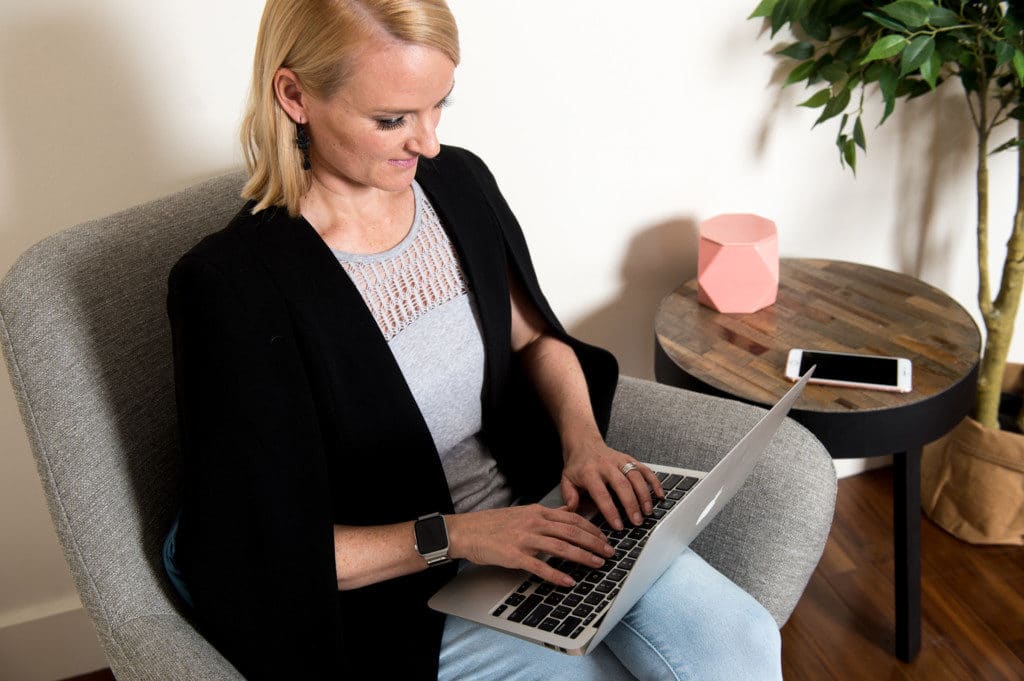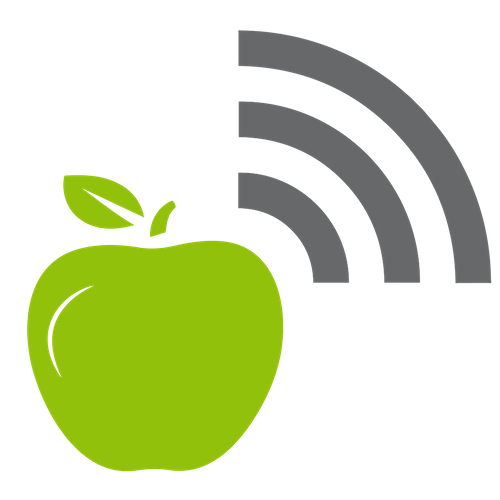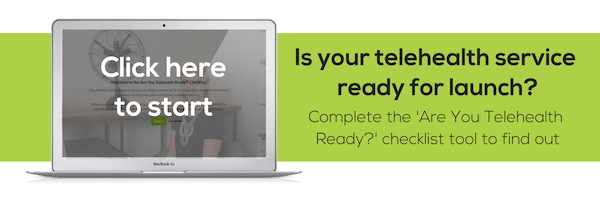Creating Seamless Patient Flow In Digital Practice

To create an entire telehealth experience for your patients, you have most likely combined a number of tech systems together.
From completing forms, to making a payment, from scheduling appointments to conducting a video call.
It is important to ensure that the end-to-end experience is as frictionless as possible for both you and your patient.
Although the process will become very familiar to you, every new patient will be navigating the system for the first time.
It is important, therefore, that you map out their digital patient journey and streamline and automate it as much as possible.
NB Please ensure that the technologies you use to convey patient data are secure and meet the data privacy requirements of your state, country, region and funding source.
Here is an example of the technologies used in an Online.Physio consultation:
When we constructed our system, it was important for us to map out the flow for the patient, and also for the therapist. This allowed us to see what parts we could automate, and what parts were clunky and needed streamlining.
Here is an example of the digital patient journey we use. Yours is likely to be quite different from ours, but hopefully viewing a working model will be useful for you in order to grasp the principles of automation, and decide what may be possible for you.
1) Patient clicks ‘Start Consultation’ on website
2) Patient selects consultation type
3) Patient completes subjective assessment form
4) Patient receives an email to confirm that form was received
5) Patient receives an email from the Physio introducing themselves and asking any extra questions
6) Patient receives a link to preliminary objective assessment form
7) At the bottom of the objective assessment form, patient clicks a link to schedule their video call
8) Patient receives a reminder for the video call
9) Patient attends video call
10) Patient receives a report summarizing their condition, contributing factors, goals and action plan
11) Patient receives an app based rehabilitation plan
12) Patient and Physio continue to communicate via secure messaging
13) Patient’s access period ends
It is important to ensure that at each step, the patient is crystal clear on what to expect next, and in what time frame.
It is also important that any steps within this process that can be automated, are automated.
This will save you frustration, time and therefore money.
It is a lot of work to set up a seamless digital patient journey, with all of the systems linking together, but once it is set up, it will be worth it, I promise.
So let’s break down the above flow, with the added systems, considerations and automations:
1) Patient clicks ‘Start Consultation’ on website
WordPress website:
- Ensure the ‘Start Consultation’ button is clearly visible on every page of website.
- Ensure website has plenty of information about the consultation process, how Physio is performed online, how it is safe etc.
2) Patient selects consultation type
WordPress website landing page:
- Ensure the 3 consultation types are clearly explained.
- Ensure it is easy for patients to change types, or add extra time to consultation process down the track.
3) Patient completes subjective assessment form
Typeform, Stripe:
- Form activated by clicking the consultation type button.
- Ensure patient is not overwhelmed, by only giving one question at a time.
- Use automations to include their first name in the questioning intermittently throughout the form.
- Program the form so that certain answers trigger different questions, ensuring the questions feel tailored rather than stock.
- Gently include prompt for credit card details within the form so that it’s not a separate payment procedure.
4) Patient receives an email to confirm that form was received
Typeform:
- Automated to send when patient submits.
- Thank them for their time.
- Set the expectation of when they will next hear from us.
- Reassure them that they can add or change information if desired.
5) Patient receives an email from the Physio with a personal introduction
Gmail and Yesware:
- Personalisation of a Yesware template in Gmail for Physio to introduce themselves.
- Manual trigger when payment received and Physio reads subjective form.
6) Patient receives a link to preliminary objective assessment form
Gmail and Yesware:
- Automatically included in above email.
- Link instantly opens Typeform form.
7) At the bottom of the objective assessment form, patient clicks a link to schedule their video call
Typeform, Cliniko:
- The link is included at the bottom of the form.
- Typeform sends an automated email acknowledging receipt of form.
8) Patient receives a reminder for the video call
Cliniko:
- Automatically send an email reminding them of their video call, with instructions on how to access the video call, and what is required.
9) Patient attends video call
Coviu:
- Ensure therapist is well lit, with good audio, steady camera at eye level.
- Re-confirm details around the patient’s condition to ensure that patient feels heard and understood.
- Provide clear explanations.
- Provide opportunity for questions.
- Finish call by explaining what will happen next.
10) Patient receives a report summarising their condition, contributing factors, goals and action plan
Cliniko:
- Manually complete templated report.
- Manually send to patient.
11) Patient receives an app based rehabilitation plan
Physitrack:
- Manually select exercises, or personalize a template program.
- Manually select education materials.
- Manually send patient a message to confirm that program is completed and available.
- Inform patient regarding when to follow up.
12) Patient and Physio continue to communicate via secure messaging
Physitrack, Tallyfy:
- Automation set to trigger reminders to follow up.
13) Patient’s access ends
Tallyfy, Gmail, Yesware:
- Automation set to trigger reminder when access period is ending.
- Personalized version of template email sent, with ‘what now’ options or recommendations.
- Patient given option to extend consultation period with link to Stripe.
Phew! It sounds like a lot, but remember we have been building this process up over years. Naturally you will be starting with a much simpler system.
Just be sure to ask yourself two questions at every step of the system development process:
1) How can I make this easier for the patient?
2) How can I automate this, especially in the aspects that are purely administrative?
I hope you have found this useful and thought provoking. If you have some great ways that you have set up your digital patient flow, I’d love to hear them. We are always looking for ways to improve.

